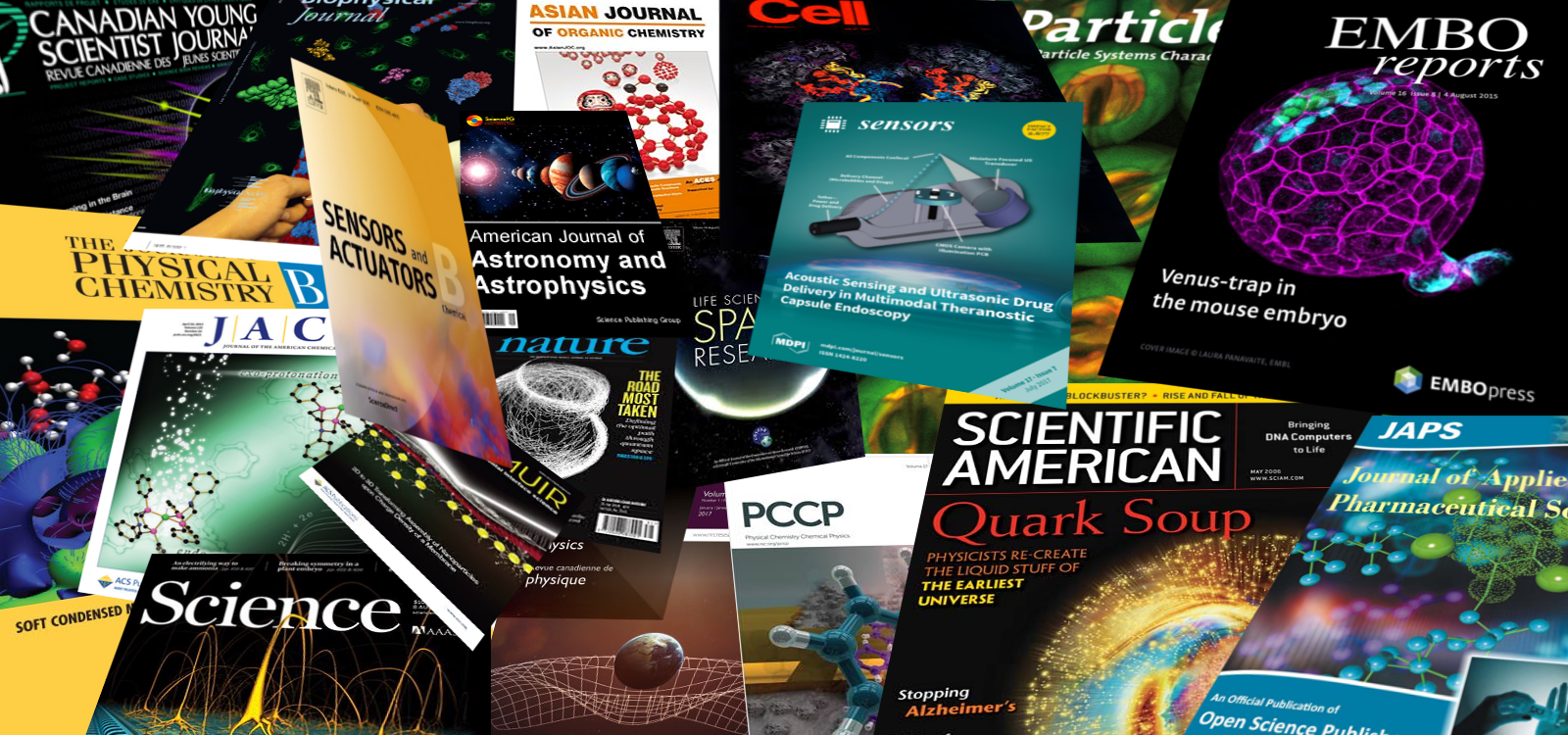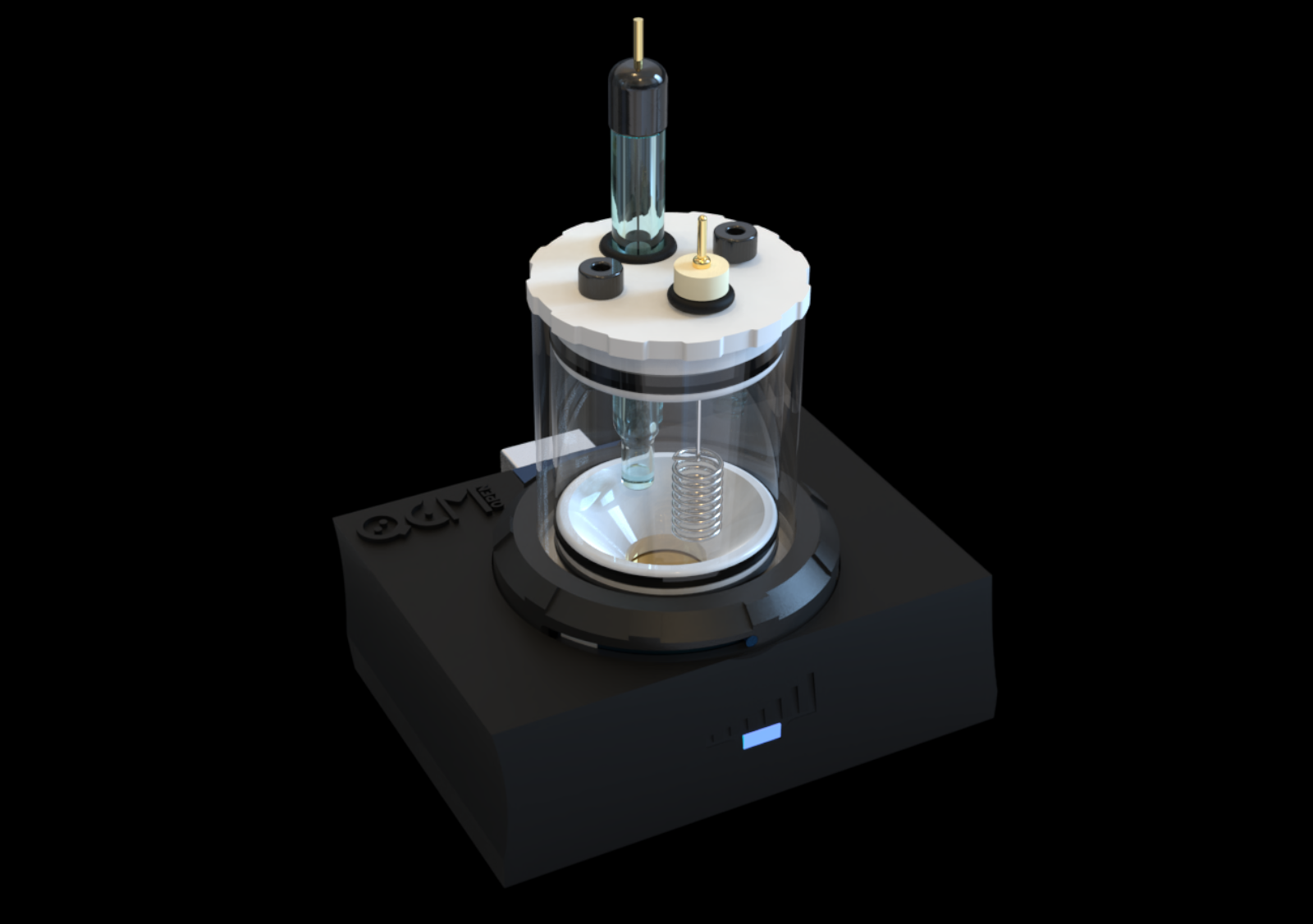openQCM – Powered by Novaetech S.r.l

Scientific Papers
Publications citing the applications of openQCM (by Novaetech S.r.l.) instruments and accessories in scientific research.
The list of scientific papers published on the most important journals showing the usage of openQCM in several scientific fields, such as thin film deposition, chemical sensors, biological research and biosensors.
Because of the large number of publications, we are reorganizing everything by subject areas. This will take some time. Thank you for your patience
2025
Bhalla, Nikhil; Song, Yeeun; Jo, Ju-Yeon; Lee, Doojin; Payam, Amir Farokh
Resolving Nanoslip, Solvation Inertia, and Charge Dynamics at Vibrating Solid–Liquid Interface Journal Article
In: Small, vol. n/a, no. n/a, pp. 2505067, 2025.
Abstract | Links | BibTeX | Tags: AFM, ionic-slip, ions-inertia, openQCM NEXT, QCM-D, solid-liquid-interface
@article{https://doi.org/10.1002/smll.202505067,
title = {Resolving Nanoslip, Solvation Inertia, and Charge Dynamics at Vibrating Solid–Liquid Interface},
author = {Nikhil Bhalla and Yeeun Song and Ju-Yeon Jo and Doojin Lee and Amir Farokh Payam},
url = {https://onlinelibrary.wiley.com/doi/abs/10.1002/smll.202505067},
doi = {https://doi.org/10.1002/smll.202505067},
year = {2025},
date = {2025-07-31},
journal = {Small},
volume = {n/a},
number = {n/a},
pages = {2505067},
abstract = {Abstract When a liquid contacts a charged solid surface, counterions in the liquid accumulate near the interface—a process traditionally described by models such as Helmholtz, Stern, and Debye-Hückel. However, these frameworks overlook the complex interplay between inertia and surface charge, and they simplify ions as mere point charges. This study employs vibrating solid surfaces to decouple and investigate the effects of inertia, ion-slipping, and electrostatic interactions at the molecular scale. This approach reveals “inertial layer” in the initial liquid strata, which plays a critical role in governing interface dynamics. Within this layer, a tunable Helmholtz zone is identified, where mechanical stiffness and electrostatic forces adjust in response to ion concentration. Beyond this lies a Debye screening region characterized by repulsive forces and electrostatic decoupling from the double-layer capacitor model. Using phosphate-buffered saline (PBS) as a model electrolyte, it is demonstrated that low ionic strength enhances interfacial stability, while high concentrations increase electrostatic repulsion, influencing nanoscale mechanical behavior. These insights refine the understanding of interfacial phenomena and hold significant implications for biosensing, catalysis, and energy storage technologies.},
keywords = {AFM, ionic-slip, ions-inertia, openQCM NEXT, QCM-D, solid-liquid-interface},
pubstate = {published},
tppubtype = {article}
}
Abstract When a liquid contacts a charged solid surface, counterions in the liquid accumulate near the interface—a process traditionally described by models such as Helmholtz, Stern, and Debye-Hückel. However, these frameworks overlook the complex interplay between inertia and surface charge, and they simplify ions as mere point charges. This study employs vibrating solid surfaces to decouple and investigate the effects of inertia, ion-slipping, and electrostatic interactions at the molecular scale. This approach reveals “inertial layer” in the initial liquid strata, which plays a critical role in governing interface dynamics. Within this layer, a tunable Helmholtz zone is identified, where mechanical stiffness and electrostatic forces adjust in response to ion concentration. Beyond this lies a Debye screening region characterized by repulsive forces and electrostatic decoupling from the double-layer capacitor model. Using phosphate-buffered saline (PBS) as a model electrolyte, it is demonstrated that low ionic strength enhances interfacial stability, while high concentrations increase electrostatic repulsion, influencing nanoscale mechanical behavior. These insights refine the understanding of interfacial phenomena and hold significant implications for biosensing, catalysis, and energy storage technologies.

